They are called many things: tachometers, tachos, tach-generators, pulse generators, resolvers, encoders, incremental encoders, absolute encoders, rotopulsers, selsyns, the list seemingly goes on and on. How does the metals industry electrical professional know what all these devices are and what kinds he has or needs? In the first of a three-part series, this blog will introduce the main metals industry rotary motion sensors, speed and position.
Most metals electrical personnel have seen the classic closed-loop control system block diagram: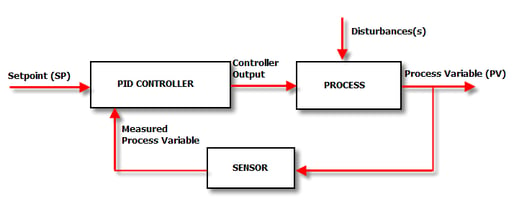
This is the block diagram of the basic metals industry control system. The sensor is a measurement device that provides the necessary feedback of the controlled variable.
Speed Feedback Devices
The history of metals control systems is also the history of these devices. Early analog control systems used early speed feedback devices like the analog tach-generator shown below: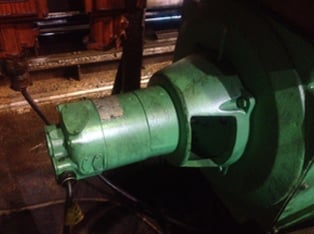
Today’s digital control systems use modern digital speed feedback devices like the incremental encoder shown below: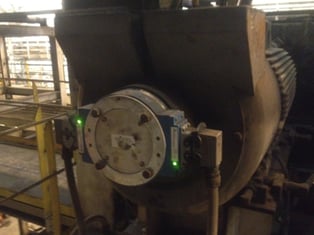
Position Feedback Devices
In addition to speed feedback, most modern metals control systems also use some kind of position feedback device. Many early analog control systems used an early position feedback device, the selsyn shown below: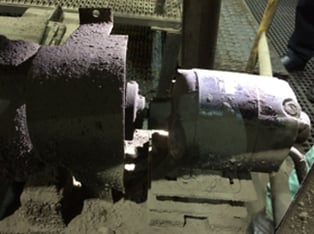
Later, resolvers were developed to directly sense position without the motor-like maintenance the selsyn required. A resolver: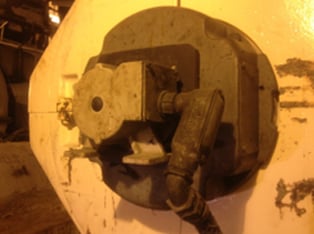
Today’s digital control systems use modern position feedback devices like the absolute encoder shown below: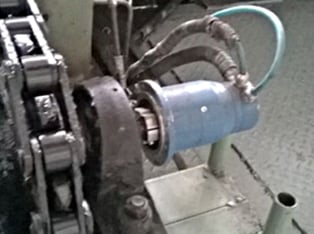
For more detailed information about rotary sensors in the metals industry, download our white paper here:
Interested in regular updates about rotary sensors in the metals industry, including the pros and cons of tach-generators, incremental encoders, selsyns, resolvers and absolute encoders? Sign up for our blog using the "Subscribe to Email Updates" box to the right.
